Free tour Guide to Philadelphia
Feel the pull of Philadelphia as church bells echo across tree-lined squares stretching from the Delaware to the Schuylkill Rivers. Wander cobblestone streets where 18th-century meetinghouses, Revolutionary War sites, and Federalist mansions create something powerful between Liberty Bell selfies and Benjamin Franklin Parkway museums.
Walking through Society Hill alleyways and Old City storefronts, you’ll spot the deep marks of rebellion and compromise that turned this Quaker settlement into America’s first capital—and most idealistic—founding city, giving you views of both aspiration and failure you won’t see anywhere else. Your time in Philadelphia blends revolutionary promise, immigrant resilience, and unfinished equality into a visit that makes two and a half centuries of American experiment real.
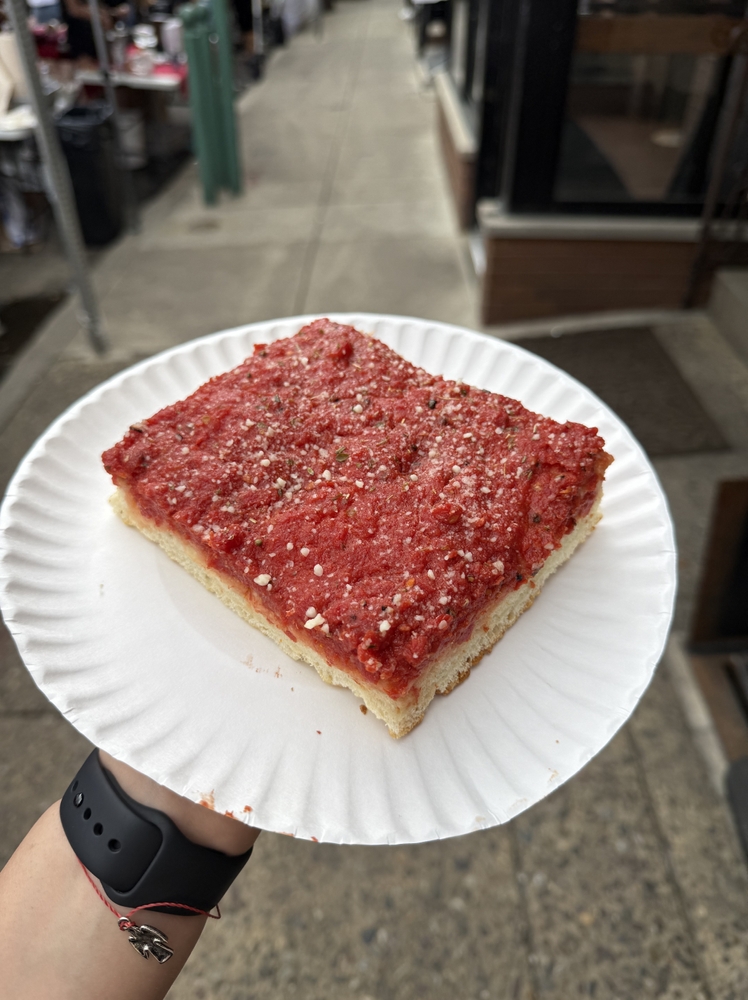
FROM INDEPENDENCE HALL TO CITY OF BROTHERLY LOVE
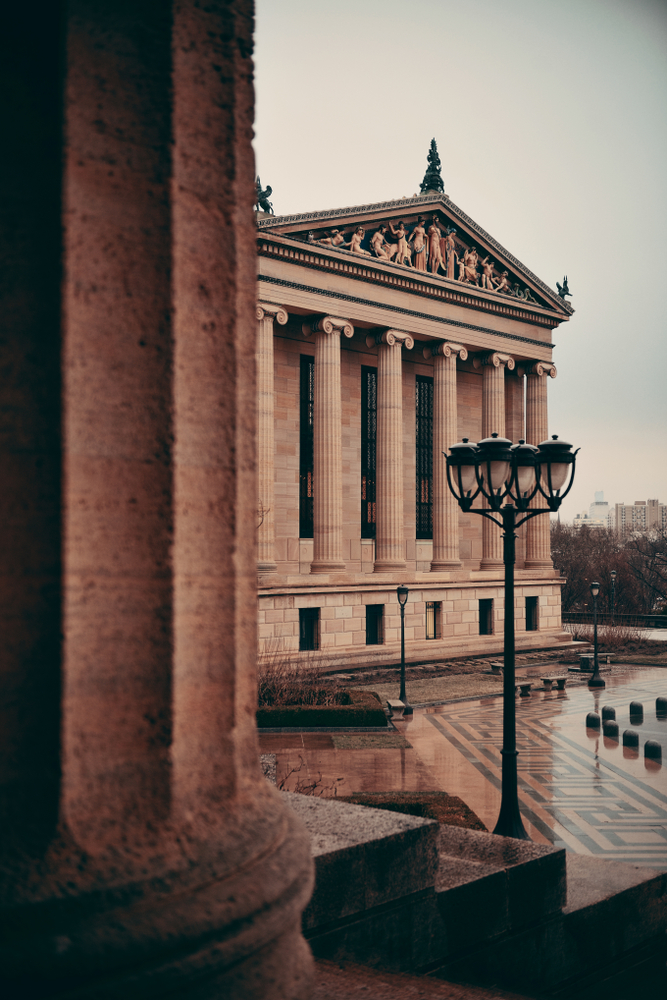
Philadelphia's Best Kept Secret
Top wingman tour in Philadelphia
Unlike many historic cities reduced to Liberty Bell selfies and cheesesteak clichés, Philadelphia tells a complicated story of American ideals and inequality from its revolutionary promises of freedom and centuries of immigrant struggle against the very prejudices its founders claimed to reject.
Discover more with our tours!

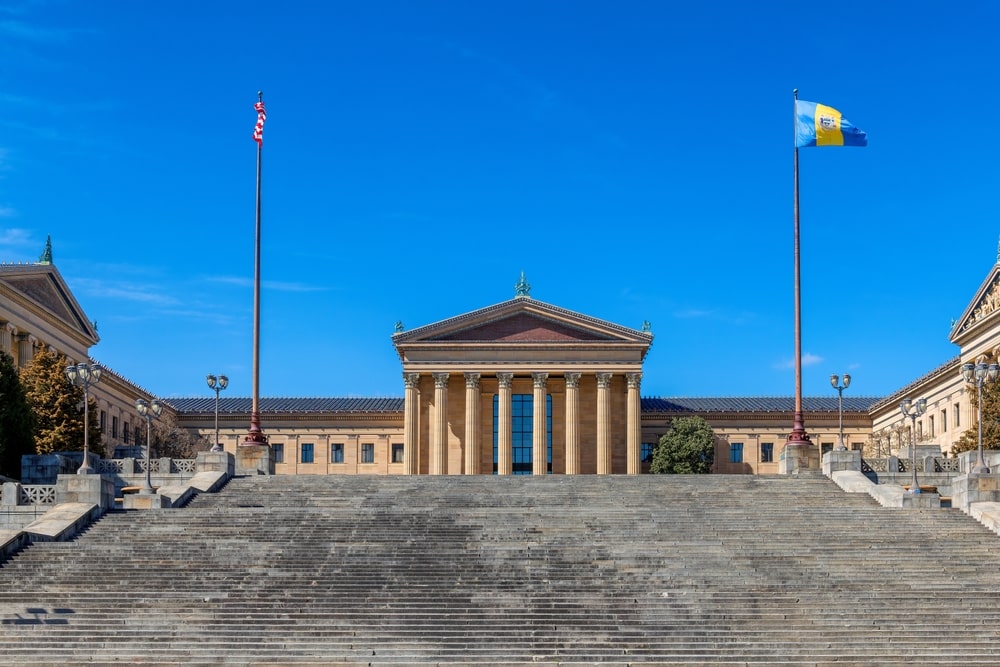
Behind the Walls, Beyond the Steps
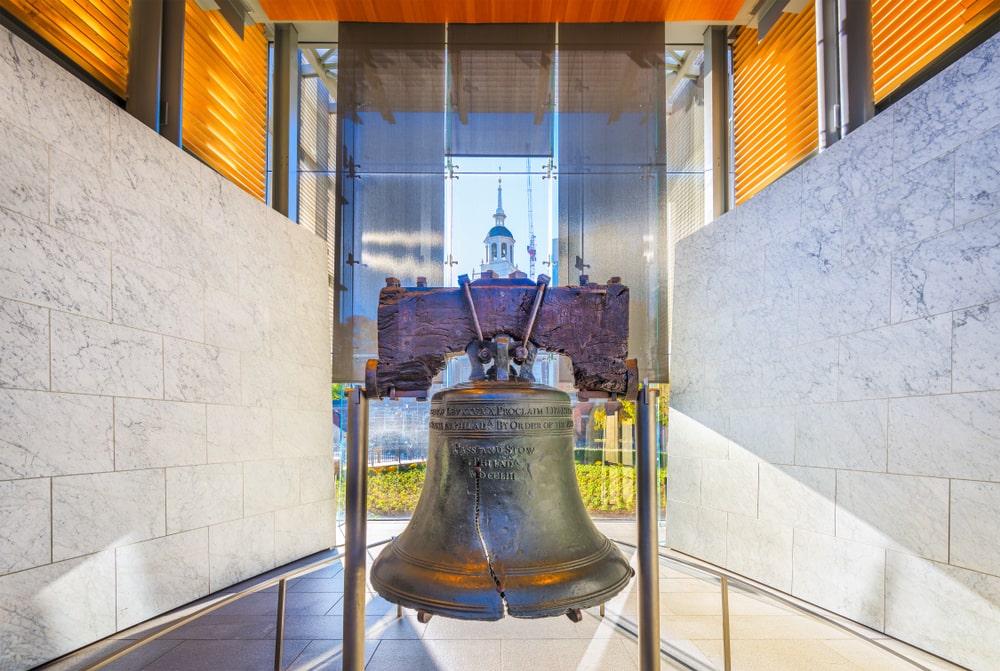
Mosaics of Freedom: Philly in Glass, Stone & Story
UNLOCK YOUR NEXT ADVENTURE
hidden gems of Philadelphia
Unlike many historic cities softened by liberty bell kitsch and founding father mythology, Philadelphia tells an uncompromising story of American contradiction and revolutionary ideals from its abolitionist meetinghouses and centuries of promises the nation struggled to keep.
Discover more with our tours!
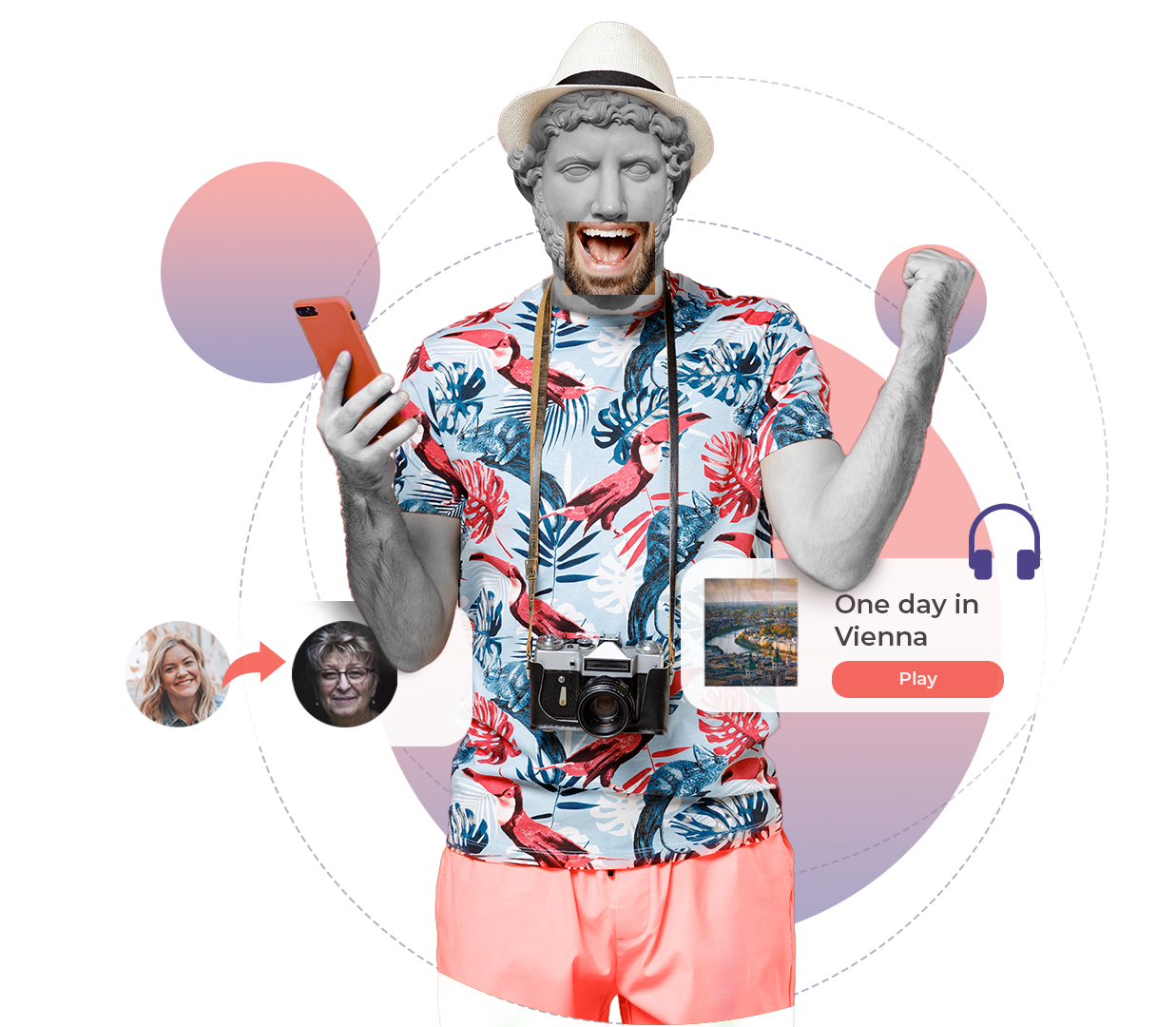
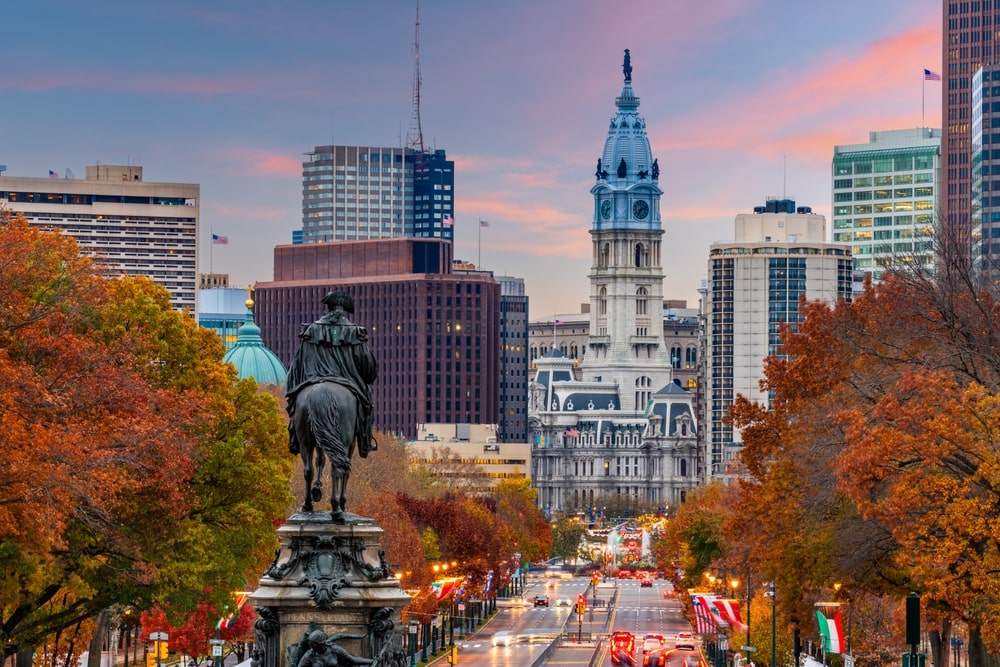
The President's House Site Foundation Remnants
Beneath a glass pavilion at 6th and Market Street, exposed foundation walls reveal the actual slave quarters where George Washington held nine enslaved people during his presidency, featuring archaeological remnants of the kitchen, smokehouse, and living spaces that existed steps from Independence Hall. Most visitors photograph the Liberty Bell across the street, walking past this open-air installation without realizing they’re standing above the rooms where Ona Judge and others served the first president while he publicly championed liberty—the site has no admission desk or obvious entrance, just a sidewalk memorial most tourists mistake for construction.
Local Guide Tip: Visit after 4 PM when tour groups have left—the site stays open until dusk, and the interpretive audio stations work best without crowd noise drowning out the testimonies.
Coordinates: 39.9496° N, 75.1503° W
The Woodlands Cemetery Victorian Garden
Behind University City’s modern hospitals, a 54-acre rural cemetery founded in 1840 holds winding paths through Gothic monuments, Victorian mausoleums, and a mansion-turned-archive where Philadelphia’s industrial barons and Civil War generals rest under centuries-old trees. Most visitors explore Laurel Hill Cemetery in East Falls, never discovering this closer necropolis where you can walk completely alone past crumbling family tombs and overgrown angel statues—the front gate on Woodland Avenue stays unlocked during daylight hours with zero admission requirements.
Local Guide Tip: Enter through the Baltimore Avenue gate for immediate access to the oldest sections—bring the free cemetery map from their website, as phone service disappears in the interior valleys.
Coordinates: 39.9465° N, 75.2043° W
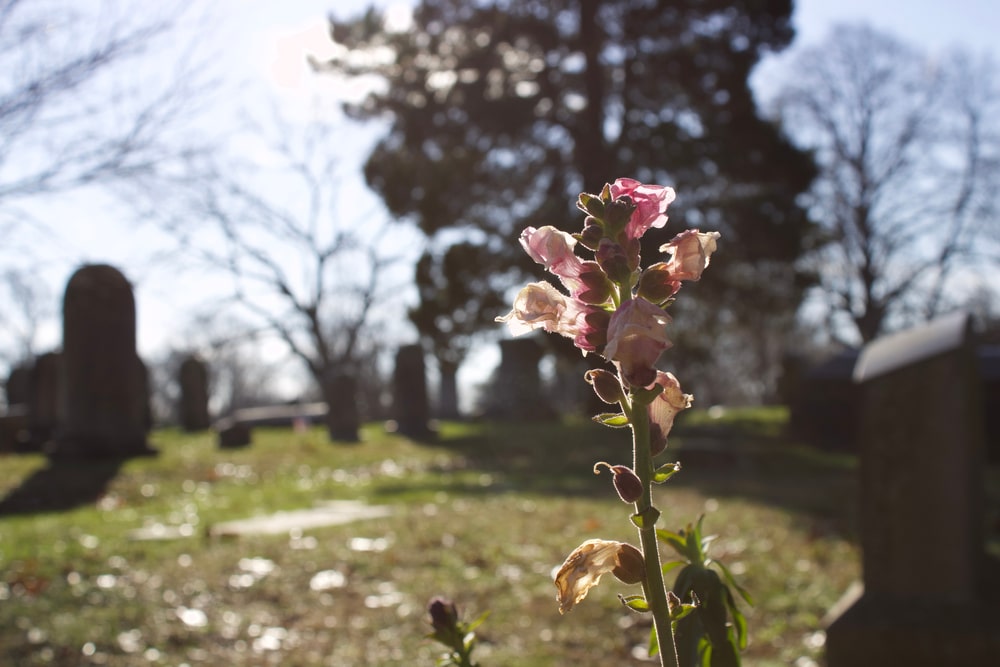
The Circa 1876 Reading Viaduct Rail Park
Above street level in Callowhill, a quarter-mile abandoned railway viaduct converted into an elevated park features original rail tracks, wildflower meadows, and steel trestle views over North Broad Street’s industrial blocks. Most visitors crowd the Schuylkill River Trail and Penn’s Landing, missing this quiet linear park accessed by a single staircase at Noble Street where you can walk the same elevated freight route that once connected breweries and textile mills—only the southern section opened in 2018, while the northern tunnels remain sealed and graffitied below street level.
Local Guide Tip: The park closes at sunset and gets packed on weekend afternoons—go weekday mornings for empty paths, and check their site before visiting as they occasionally close for maintenance.
Coordinates: 39.9602° N, 75.1590° W
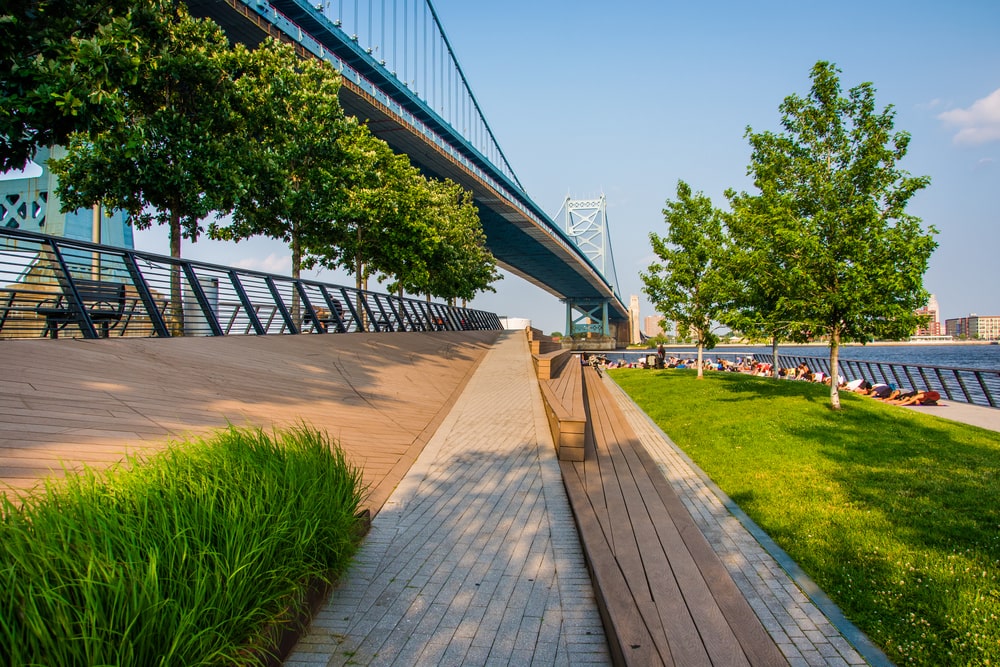
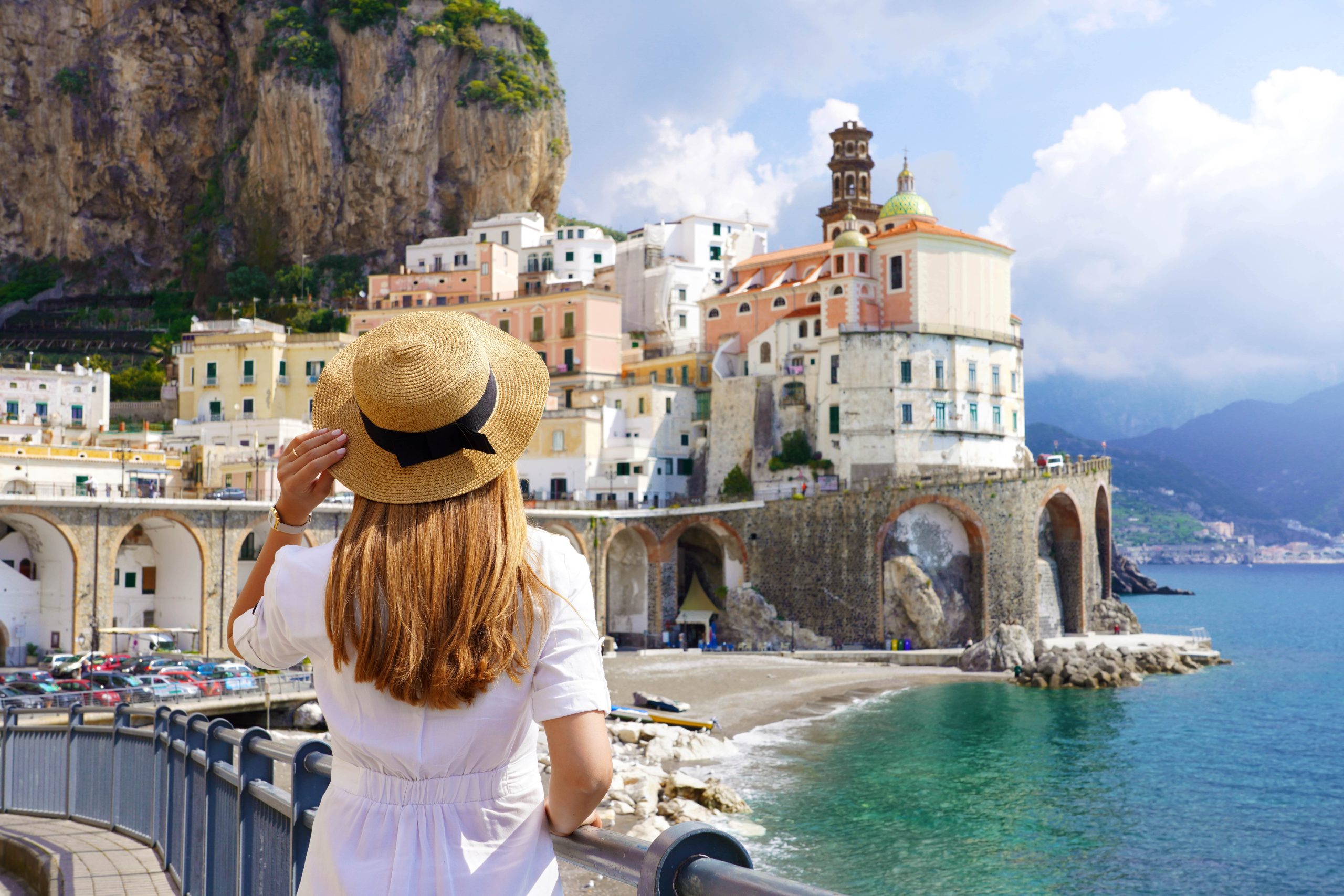
upgrade travel to joy
At Wingman, we’re passionate about transforming your travel experiences from typical to tremendous.
Each city is a new chapter in your adventure book, filled with unique cultures, sights, and sounds for you.
Why stop at one? Explore our global network of destinations, from the romantic streets of Paris to the vibrant landscapes of Bangkok.
Dive into diverse cultures with our expertly crafted tours designed to enlighten and entertain.
SMART TRAVELER BONUS
Philadelphia top sights with insider tips
1. Independence Hall
Where the Declaration of Independence and Constitution were debated and signed, this Georgian brick building at Chestnut Street remains the birthplace of American government—reserve free timed tickets online weeks ahead, or show up at the visitor center at 8:30 AM for same-day releases.
Insider Tip: Skip the main tour crowds by booking the “Buildings Beyond Independence Hall” specialty tour that includes Congress Hall and Old City Hall with smaller groups and more Q&A time.
2. The Liberty Bell
America’s most famous cracked icon sits in a glass pavilion with Independence Hall views, drawing millions who line up to photograph the 2,080-pound symbol of abolition and freedom movements worldwide.
Insider Tip: The pavilion opens at 9 AM but empties out after 6 PM in summer—evening visits offer no-wait photos and better light through the windows facing Independence Hall.
3. Philadelphia Museum of Art
The neoclassical temple at the end of Benjamin Franklin Parkway houses 240,000 works from Renaissance masters to contemporary installations across columned galleries overlooking the Schuylkill River—yes, those are the Rocky Steps outside.
Insider Tip: Enter through the back Zagat entrance on Anne d’Harnoncourt Drive for zero waits, immediate gallery access, and restrooms before you hit the crowds descending from the front steps.
4. Reading Terminal Market
Inside an 1893 train shed at 12th and Arch, 80+ vendors serve everything from Amish baked goods to Bassetts ice cream in a covered market that’s fed Philadelphia for 130 years across butcher stalls, spice merchants, and lunch counters.
Insider Tip: The Amish vendors close Sundays, and Saturday mornings are a zoo—go Tuesday or Wednesday between 10-11 AM for full selection with elbow room and fresh stock.
5. Eastern State Penitentiary
The 1829 fortress prison at Fairmount Avenue pioneered solitary confinement in wagon-wheel cellblocks where Al Capone once served time, now preserved as a haunting ruin with crumbling skylights and overgrown cell blocks.
Insider Tip: Buy the “Hands-On History” add-on tour where you can enter locked cells, handle original restraints, and access restricted areas like the baseball field inmates built.
6. Elfreth’s Alley
America’s oldest continuously inhabited residential street features 32 narrow houses dating to 1728 along a cobblestone lane between Arch and Race Streets where artisans, craftsmen, and merchants have lived for three centuries.
Insider Tip: Visit during December’s “Deck the Alley” when residents open their private homes for tours—otherwise you’re viewing exteriors only, as just one house functions as a museum.
7. Barnes Foundation
Albert Barnes’s controversial collection holds 181 Renoirs, 69 Cézannes, and 59 Matisses displayed in his original idiosyncratic arrangements at the Parkway building—it’s the world’s greatest Impressionist hoard outside Paris.
Insider Tip: First Sundays are pay-what-you-wish but mobbed—go Friday evenings when they’re open until 8:45 PM with wine available and a quarter of the daytime crowds.
8. Magic Gardens
Artist Isaiah Zagar’s mosaic labyrinth consumes a South Street lot and building facades with mirror shards, bicycle wheels, and folk art tiles creating tunnels, grottos, and three-story walls of obsessive found-object art.
Insider Tip: Zagar has covered 200+ building exteriors across South Philly—grab the free mural map at the gift shop and spend an hour finding his installations on side streets tourists never walk.
9. Valley Forge National Historical Park
Twenty miles northwest, Washington’s 1777-78 winter encampment preserves 3,500 acres of reconstructed soldier cabins, artillery parks, and Washington’s headquarters where the Continental Army nearly collapsed before emerging as a fighting force.
Insider Tip: Rent bikes at the visitor center and follow the 8.7-mile Joseph Plumb Martin Trail—it loops past all major sites with minimal car traffic and connects to the Schuylkill River Trail.
10. Rittenhouse Square
The leafiest of William Penn’s original five squares features a fountain, limestone balustrades, and flower beds surrounded by Main Line money, sidewalk cafés, and Walnut Street shopping in Philadelphia’s wealthiest neighborhood.
Insider Tip: The southwest corner hosts a year-round farmers market Saturdays until 3 PM—it’s smaller than Reading Terminal but higher-end, with prepared foods perfect for a square picnic.
What are you waiting for?
TRAVEL LIKE A LOCAL, NOT A TOURIST
Create Your Tour with Wingman
Become a Tour Architect
Ever dreamed of crafting your own tour, showcasing your favorite spots or hidden gems? With Wingman, it’s not just a possibility—it’s your next venture! Our platform empowers locals and travel enthusiasts alike to build personalized tours, add unique landmarks, and even earn money with every purchase made.
Earn Profit with your Passion
Turn your local knowledge into a lucrative opportunity. Whether you’re guiding visitors through bustling city streets, serene parks, or to the doorstep of the obscurest eateries, your insights are valuable. Each tour purchase puts money right back in your pocket.
Join a Community of Creators
By joining Wingman, you’re not just building tours; you’re joining a community of creative and passionate tour architects from around the world. Share ideas, get inspired, and expand your reach as you bring your unique perspective to travelers eager for authentic experiences.
More cities, Regions &
audio guides to
discover
Europe
- Amsterdam, Netherlands
- Antibes, France
- Algarve, Portugal
- Andalusia, Spain
- Athens, Greece
- Basque Country, Spain
- Barcelona, Spain
- Belfast, Ireland
- Bern, Switzerland
- Berlin, Germany
- Bordeaux, France
- Brussels, Belgium
- Budapest, Hungary
- Cambridge, United Kingdom
- Cannes, France
- Carcassone, France
- Cinque Terre, Italy
- Colmar, France
- Cologne, Germany
- Copenhangen, Denmark
- Cornwall, United Kingdom
- Cyprus, Cyprus
- Dalmatia, Croatia
- Dijon, France
- Dortmund, Germany
- Dublin, Ireland
- Düsseldorf, Germany
- Edinburgh, United Kingdom
- Éze, France
- Florence, Italy
- Frankfurt, Germany
- Frejus, France
- Gdansk, Poland
- Gelsenkirchen, Germany
- Geneva, Switzerland
- Genoa, Italy
- Glasgow, United Kingdom
- Grasse, France
- Hamburg, Germany
- Helsinki, Finland
- Iceland
- Krakow, Poland
- Lake Como, Italy
- Leipzig, Germany
- Liverpool, United Kingdom
- Loire Valley, France
- Lisbon, Portugal
- London, United Kingdom
- Lucca, Italy
- Lyon, France
- Madrid, Spain
- Mallorca, Spain
- Malmö, Sweden
- Malta, Malta
- Marseille, France
- Menorca, Spain
- Milan, Italy
- Monaco, Monaco
- Mount Vesuvius, Italy
- Munich, Germany
- Normandy, France
- Nice, France
- Oslo, Norway
- Oxford, United Kingdom
- Paris, France
- Pisa, Italy
- Pompei, Italy
- Porto, Portugal
- Portofino, Italy
- Puglia, Italy
- Prague, Czech Republic
- Riga, Latvia
- Rome, Italy
- San Gimignano, Italy
- Santander, Spain
- Sicily, Italy
- Siena, Italy
- Strasbourg, France
- Stratford-upon-Avon, United Kingdom
- Stockholm, Sweden
- Stuttgart, Germany
- Tallinn, Estonia
- Toledo, Spain
- Toulouse, France
- Turin, Italy
- Venice, Italy
- Vienna, Austria
- Vilnius, Lithuania
- Warsaw, Poland
- York, United Kingdom
